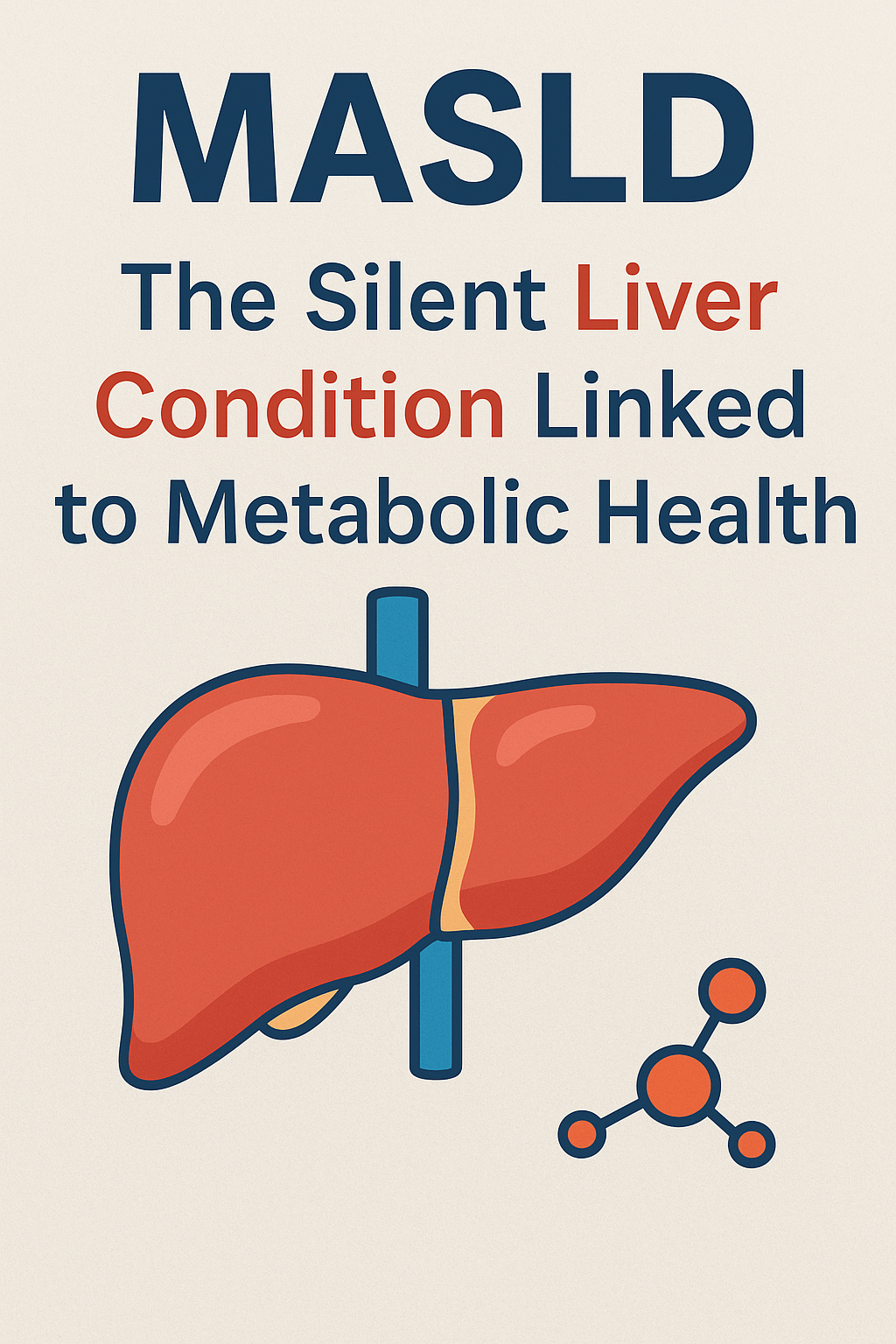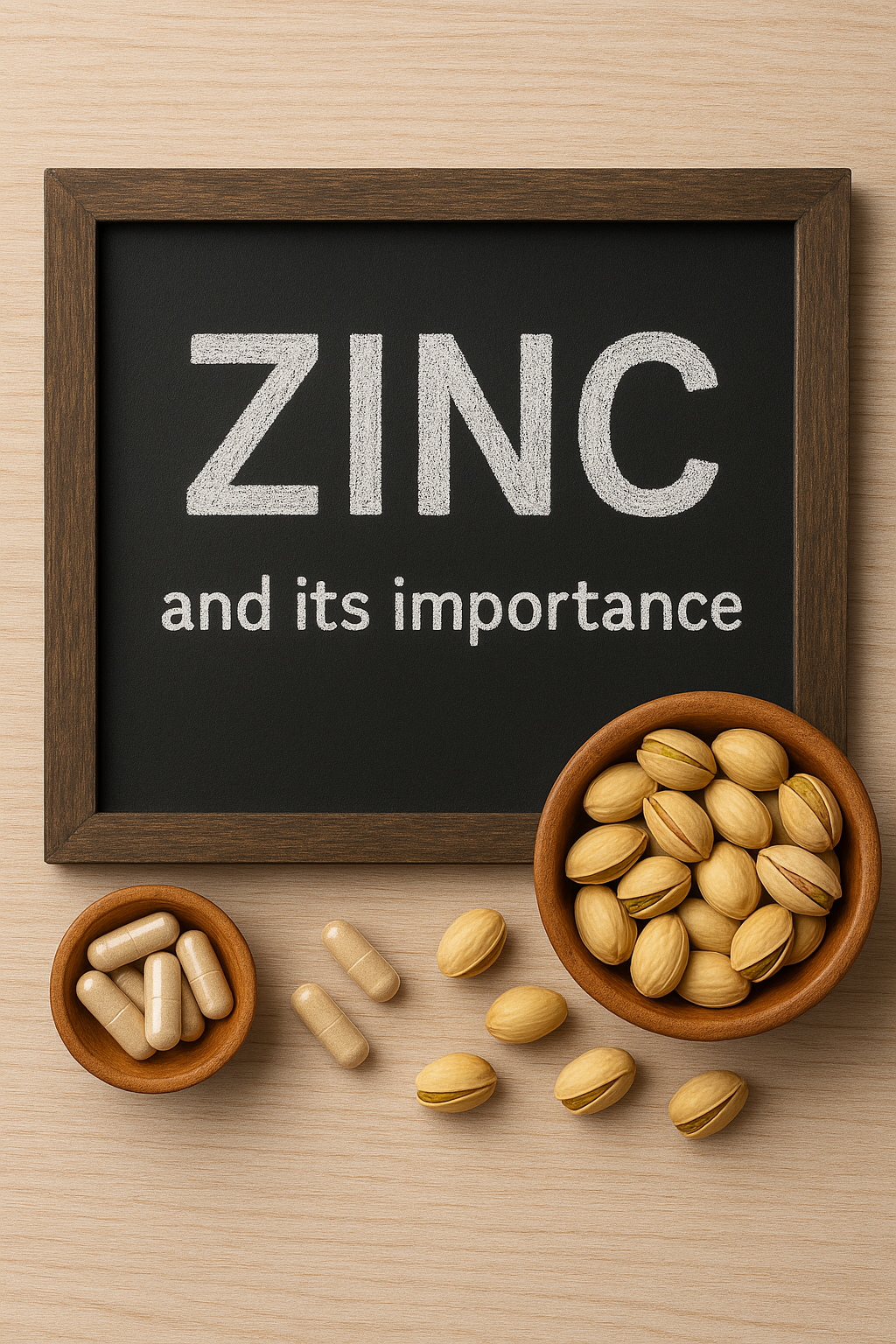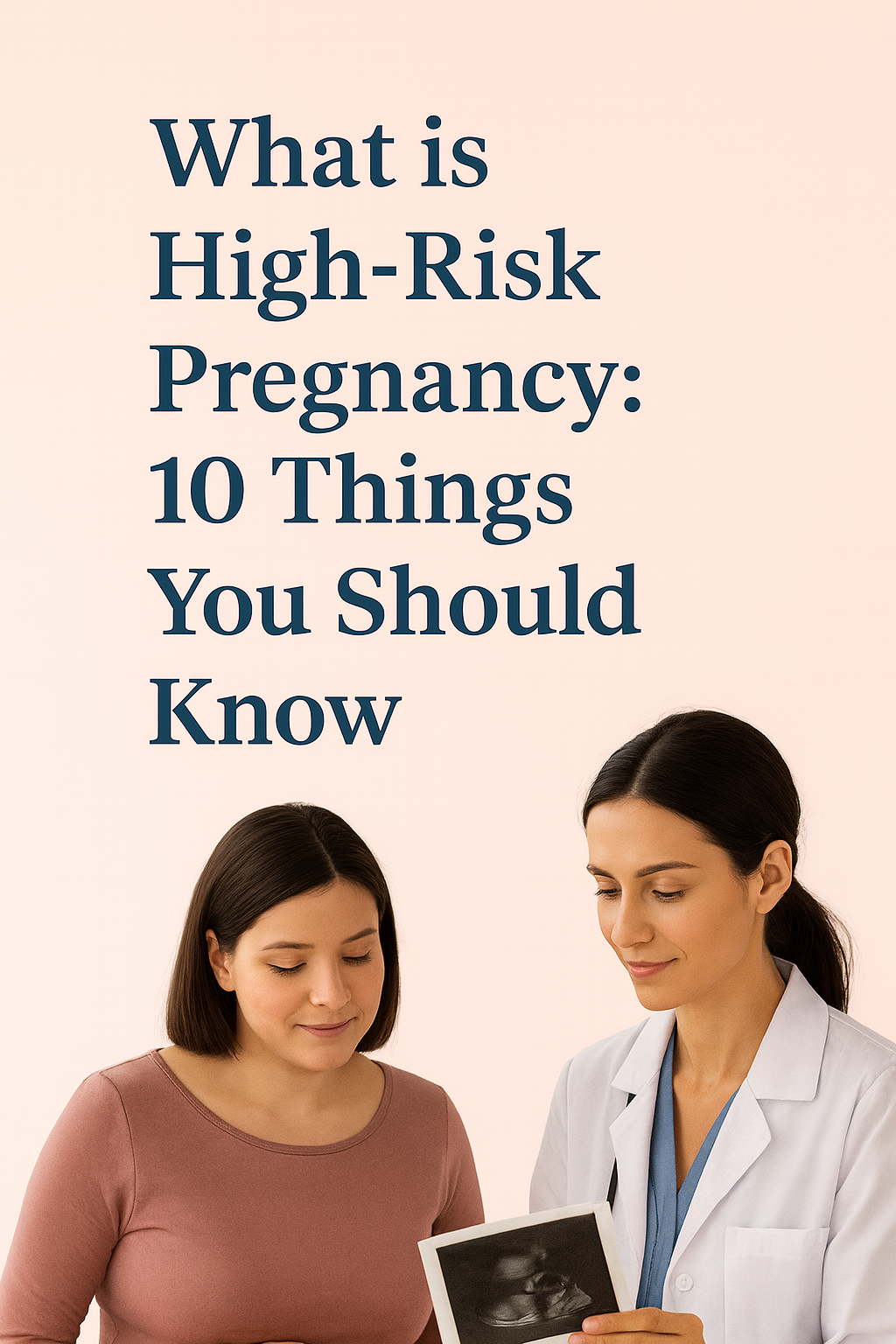👶 What is ADHD?
Attention-Deficit/Hyperactivity Disorder (ADHD) is a common neurodevelopmental disorder that affects 6–9% of children globally. It is characterised by persistent patterns of inattention, hyperactivity, and impulsivity, which interfere with a child’s functioning and development.
ADHD typically begins in childhood and may persist into adolescence and adulthood if not appropriately managed. Early detection can dramatically improve academic outcomes, relationships, emotional health, and behaviour.
🔍 How to Detect ADHD in Children
✅ Common Signs of ADHD (According to DSM-5 Criteria):
ADHD presents in three types:
-
Predominantly Inattentive Type
-
Predominantly Hyperactive-Impulsive Type
-
Combined Type
🧠 Symptoms of Inattention:
-
Easily distracted and forgetful in daily activities
-
Difficulty sustaining attention in tasks or play
-
Avoids tasks requiring mental effort (e.g., homework)
-
Loses items frequently (pencils, toys, books)
-
Struggles with organising tasks and activities
🚀 Symptoms of Hyperactivity and Impulsivity:
-
Fidgets or squirms in the seat
-
Has trouble staying seated
-
Talks excessively or blurts out answers
-
Interrupts others during conversations or games
-
Runs or climbs in inappropriate situations
⚠️ Red Flags:
-
Symptoms present for 6+ months
-
Symptoms appear before age 12
-
Behaviour occurs in multiple settings (home, school, social situations)
-
Symptoms interfere with academic or social functioning
🧪 How is ADHD Diagnosed?
Diagnosis involves a multidisciplinary approach, often including:
-
Clinical interviews with the child and parents
-
Teacher and caregiver questionnaires (like the Vanderbilt or Conners scale)
-
Behavioral observations
-
Medical and developmental history
There is no blood test or brain scan to diagnose ADHD, but neuropsychological testing can be helpful in complex cases.
💡 How to Manage ADHD in Children
1. 🧠 Behavioural Therapy (First-Line for Children Under 6 years)
-
Parent Training in Behaviour Management (PTBM) is highly recommended
-
Focuses on positive reinforcement, structure, and reducing negative behaviours
2. 💊 Medication (Stimulant and Non-Stimulant Options)
-
Stimulants: Methylphenidate and Amphetamine salts are most effective
-
Non-Stimulants: Atomoxetine, Guanfacine, Clonidine
Side effects may include appetite suppression, insomnia, and irritability. Dosage must be monitored by a paediatrician or psychiatrist.
3. 🍎 Nutrition and Lifestyle
-
Studies suggest a balanced, additive-free diet may help in some children
-
Ensure adequate iron, zinc, magnesium, and omega-3 fatty acids
Limit:
-
Artificial colors and preservatives
-
High-sugar, low-nutrient foods
4. 📚 Academic Accommodations
-
IEPs (Individualized Education Programs) or 504 Plans can be arranged in schools
-
Prefer short, focused tasks, movement breaks, and visual schedules
5. 🧘♂️ Mindfulness and Cognitive Training
Mindfulness-based programs, yoga, and cognitive behavioral therapy (CBT) have shown benefits in enhancing attention and emotional control.
🌿 Ayurvedic Insight into ADHD
In Ayurveda, ADHD symptoms closely align with an imbalance in Vata dosha, which governs the nervous system, movement, thoughts, and impulses. Excess Vata can lead to:
-
Restlessness
-
Poor focus
-
Impulsivity
-
Insomnia
-
Emotional dysregulation
Sometimes Pitta may also be involved, especially if the child is irritable or aggressive, and Kapha if sluggishness or inattention predominates.
✅ Ayurvedic Management Strategies for ADHD in Kids
1. 🧘♂️ Grounding and Calming Routines
Vata imbalance needs structure, warmth, and regularity.
-
Set a predictable daily routine
-
Ensure early bedtime and sufficient sleep
-
Use Abhyanga (warm oil massage) with sesame or Brahmi oil to calm the nervous system
2. 🍲 Sattvic, Vata-Pacifying Diet
Focus on warm, nourishing, easy-to-digest meals:
-
Warm milk with turmeric
-
Ghee, soaked almonds, dates, cooked root vegetables, whole grains like rice and moong dal
-
Avoid cold, dry, and processed foods, excessive sugar, and aerated drinks
3. 🌿 Herbal Support (under Ayurvedic supervision)
-
Brahmi (Bacopa monnieri): Enhances memory, focus, and calmness
-
Shankhpushpi: Calms hyperactivity and supports memory
-
Ashwagandha: Helps with anxiety and mood balance
-
Mandukaparni (Gotu Kola): For mental clarity and focus
⚠️ Always use pediatric-appropriate formulations and consult a certified Ayurvedic physician.
4. 🧘♀️ Yoga and Pranayama for Children
Breathwork and postures can help regulate energy, attention, and impulse control:
-
Simple yoga asanas like Balasana (child’s pose), Tadasana, and Butterfly pose
-
Bhramari pranayama (humming bee breath) to calm the mind
👨👩👧 What Can Parents Do?
-
Be consistent with daily routines and expectations
-
Use positive reinforcement over punishment
-
Reduce screen time and increase physical activity
-
Collaborate with teachers, therapists, and paediatricians
-
Stay calm, patient, and supportive—your response shapes the child’s behaviour
📝 Final Thoughts
ADHD is not a result of bad parenting or laziness. It is a neurobiological condition that, when identified and addressed early, can be effectively managed. With the right combination of behavior strategies, environmental support, and (when needed) medication, children with ADHD can thrive academically, socially, and emotionally. In Ayurveda, a child’s mind (Manas) is deeply influenced by Ahara (diet), Nidra (sleep), and Brahmacharya (routines & discipline). Balancing Vata and nurturing Ojas (vital energy) through natural methods can support cognitive development and emotional well-being gently and sustainably.
🔗 References & Resources:
-
American Psychiatric Association. DSM-5.
- Gonzalez NA, et al. A Systematic Review of Yoga and Meditation for Attention-Deficit/Hyperactivity Disorder in Children.

Akanksha Sharma
Dr. Akanksha Sharma, Head Writer and creator of AtoZ of Pregnancy, is dedicated to empowering women, parents, and families through 360-degree knowledge. She and her team provide evidence-based advice to guide families through pregnancy, parenting and beyond.






